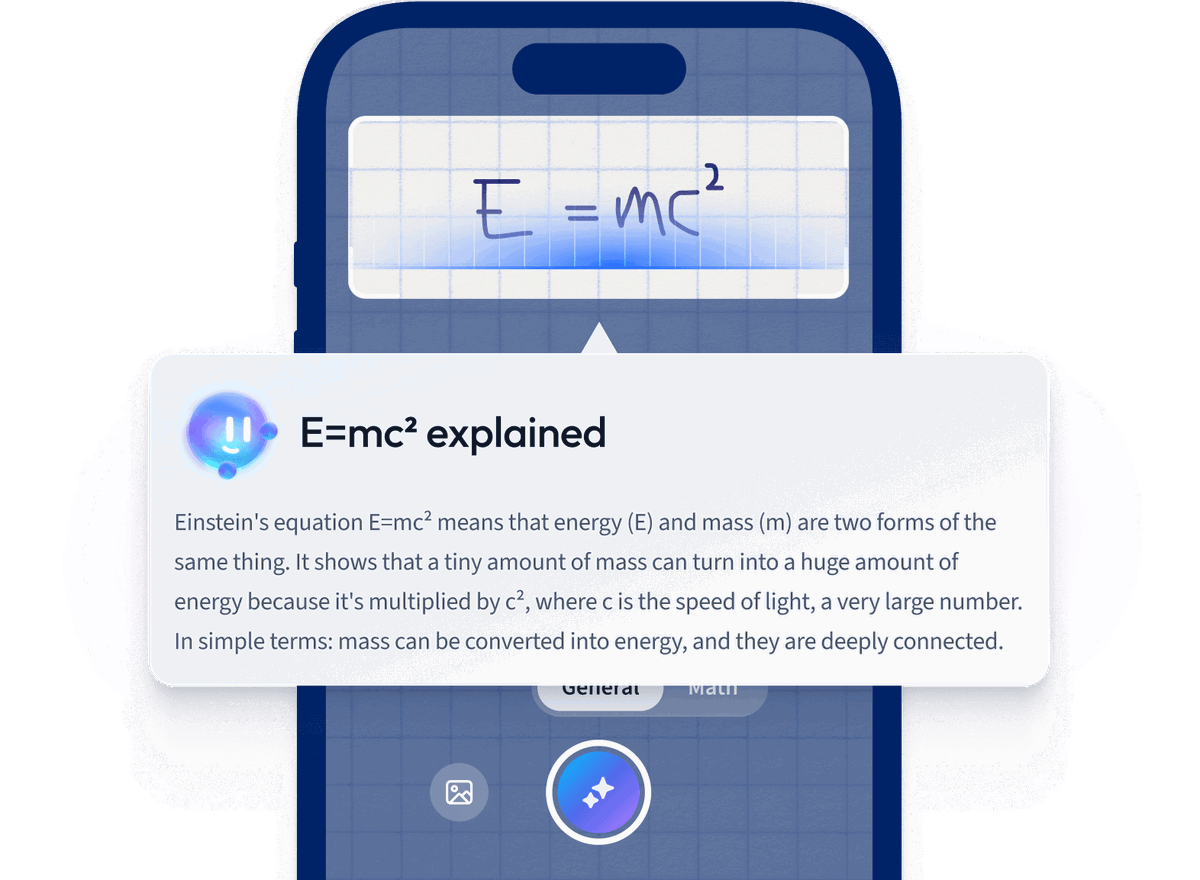What are some effective interactional strategies in communication?
Some effective interactional strategies include active listening, which involves giving full attention to the speaker; asking clarifying questions to ensure understanding; using empathetic language to build rapport; and providing constructive feedback to facilitate mutual understanding and progress in communication.
How do interactional strategies improve interpersonal relationships?
Interactional strategies improve interpersonal relationships by facilitating effective communication, fostering mutual understanding, and building trust. They help manage conflicts, enhance empathy, and promote cooperation, leading to stronger and more positive connections between individuals.
How can interactional strategies be adapted to different cultural contexts?
Interactional strategies can be adapted to different cultural contexts by understanding and respecting cultural norms, communication styles, and values. This includes being aware of nonverbal cues, adjusting formality levels, and adopting appropriate vocabulary. Active listening and open-mindedness facilitate effective cross-cultural communication. Tailoring strategies to specific cultural expectations enhances mutual understanding and collaboration.
How do interactional strategies impact language learning and acquisition?
Interactional strategies, such as turn-taking, questioning, and feedback, enhance language learning by promoting active engagement and real-world communication practice. They provide learners with opportunities to negotiate meaning, improve comprehension, and develop fluency. Interactional exchanges also help in internalizing language rules and expanding vocabulary through context-driven learning.
What role do interactional strategies play in conflict resolution?
Interactional strategies in conflict resolution facilitate understanding, promote active listening, and foster mutual respect among parties involved. They help clarify misunderstandings, manage emotions, and guide discussions toward collaborative problem-solving, ultimately aiming for a resolution that satisfies all parties.









